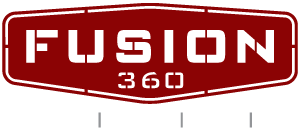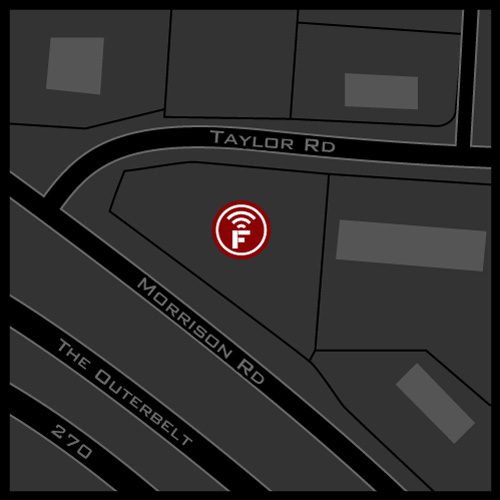
In content marketing, both how much content you produce and what kinds of content are equally important for consumer engagement, sales and ultimately return on investment. Effective content management is an essential component of any content marketing campaign, for businesses in Utah and across the globe. For great content marketing strategy, follow the four R’s of content management.
Recycle
Unless you’re part of the world’s largest content marketing agency, chances are you don’t have the budget to produce only 100-percent-unique content every single day. Get the most out of your marketing content by recycling content and applying it to different mediums, tweaking things as appropriate. Change things up enough to develop a slightly different message for each format.
Reinvigorate
When you pull out old content to recycle it, make sure that all the information is still relevant in the present day. Update your information with all the latest statistics, latest website URLs, branding, etc. There’s nothing worse than recycling an old piece of work only to realize that one company in Utah or that particular website you reference no longer exists. And besides, content that’s no longer relevant is not content that drives conversions.
Retire
On the flip side of recycling content, know when to give up and retire old content that is simply no longer useful. Technology becomes outdated, trends change and people move on from one thing to another. Don’t risk letting your business get left in the dust, and get rid of old content in a timely fashion. Nothing’s worse than giving off the vibe of an outdated, out-of-touch business.
Replace
When you finally retire old content for good, it’s essential for content marketers to replace old content with something new and exciting. Keep things fresh and up-to-date with a mix of new and cutting-edge content and older staple pieces. You can even just spice up older pieces in order to maintain those original links and SEO value.
From businesses in Utah to the East Coast, content marketing is all about bringing in consumers organically. Stay on top of the game by following the four R’s of content management.











